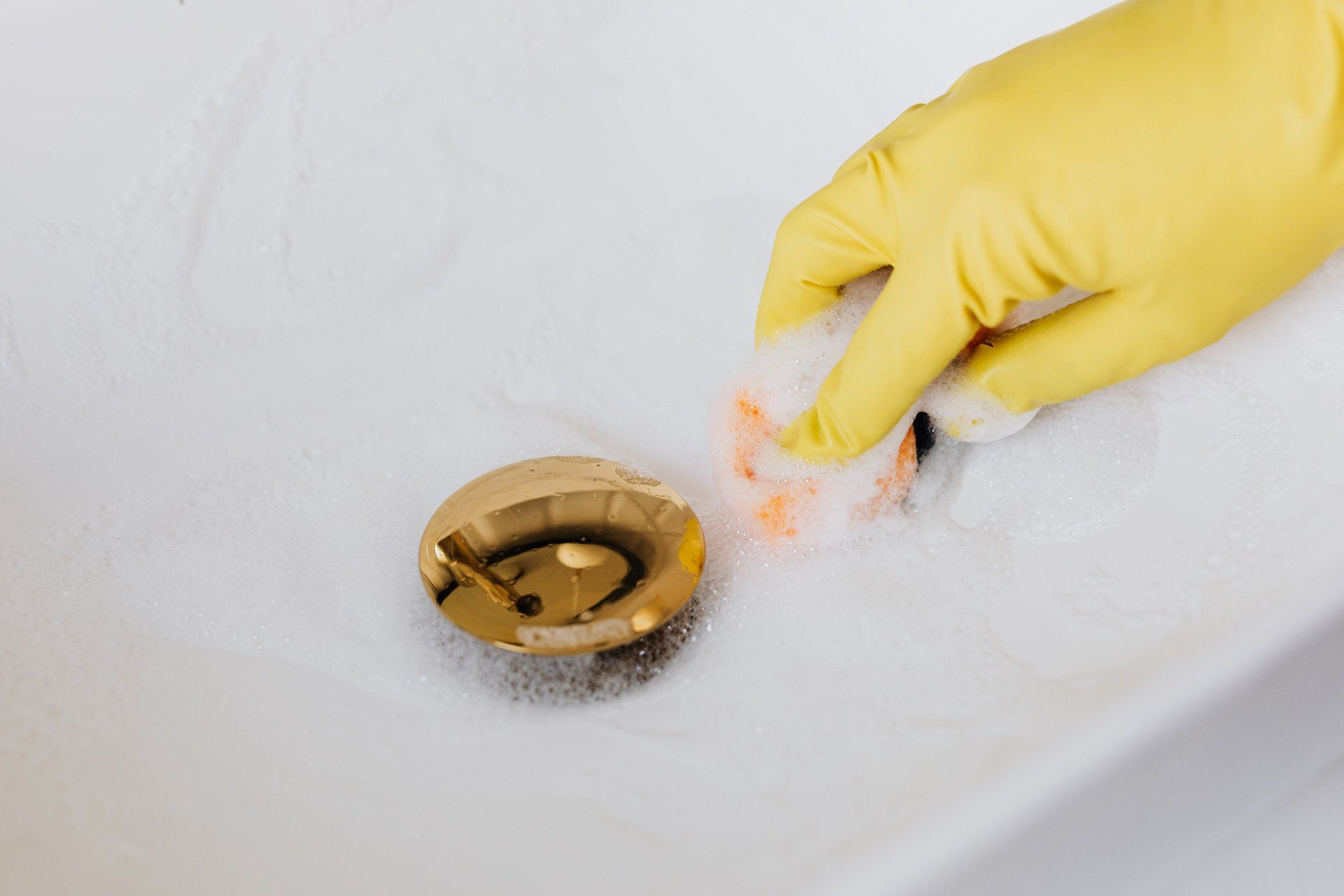A comparison: Pros and cons of a septic tank system
A comparison: Pros and cons of a septic tank system
Indoor plumbing is one of the greatest achievements of man. We often forget to think about how we treat the water that we use in our homes.
There are two different designs. It is common for municipal sewer lines in urban areas to connect multiple houses and transport the wastewater to treatment plants. Rural areas have individual septic tanks.
Although many people don't have the option of septic tanks or sewer lines, it is important to understand the pros and cons. You may be surprised to discover that septic tanks have many benefits.
How a septic system works
The septic tank can be made from concrete, steel, fiberglass, or a combination of both. It is usually located underground, on the side or back of your home. The water from a sink or toilet is pumped underground to the septic tank. Waste and water are separated. The tank releases water into the soil. Waste is then collected and pumped out as needed.
Living with a septic tank
You must be careful with how much water your house uses to prevent it from backing up. This can be viewed as either a positive or a negative. However, homeowners are encouraged to use less water and to be more responsible about their drains by not dumping food items that could lead to a backup.
Pros of a Septic System
- Cost-effective: Large sewer lines can be very costly to construct and maintain. A septic tank, on the other hand, is much cheaper and requires no maintenance.
- Durability: A septic tank that is properly maintained will last a long time without needing to be replaced.
- Septic tanks are environmentally friendly: They do not pollute the water supply. Septic tanks remove bacteria from the water before it is released to the ground. The water that is recycled is also absorbed by the nearby plants.
Cons of a Septic System
- Period maintenance is required: The tank must be pumped once every three to five years. The homeowner is responsible for this cost, ranging from $200 to $400.
- Backup drains: Septic lines can become clogged from a variety of materials, many of which shouldn't go down the drain in the first place. Slow sink and tub drainage, along with slow-flushing toilets, are all signs of a backup. These signs should be noted, and a plumber should be called to inspect the system.
- Potential for ruptured pipes: A broken drainage pipe connecting to your septic tank could lead to serious problems. This could happen due to tree roots, a vehicle rolling over it, or an earthquake. The ground will get soggy as the water seeps into the soil. You'll probably notice a foul odor. It is important to replace the ruptured pipe as soon as possible.
It's obvious that a septic system has many benefits. A septic tank can last for decades if homeowners take care of it and monitor their water consumption.
Get a
FREE Quote
You might also like




